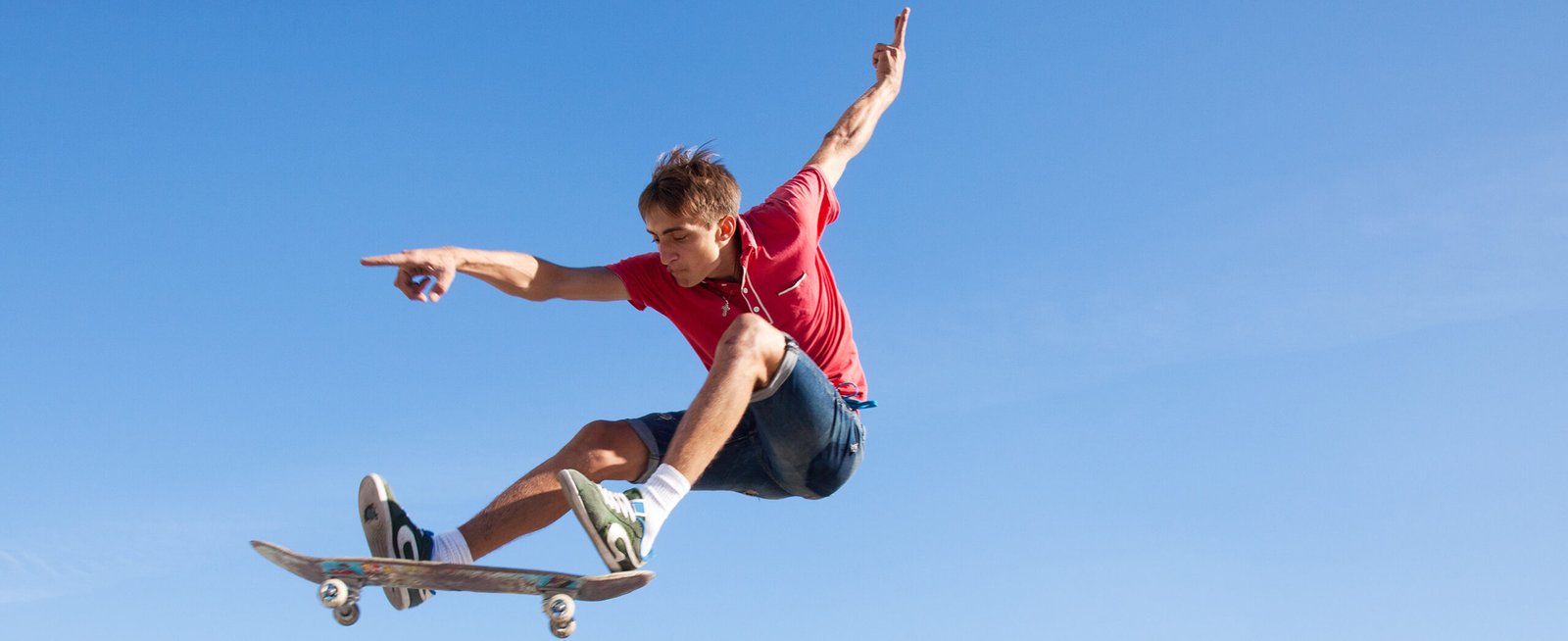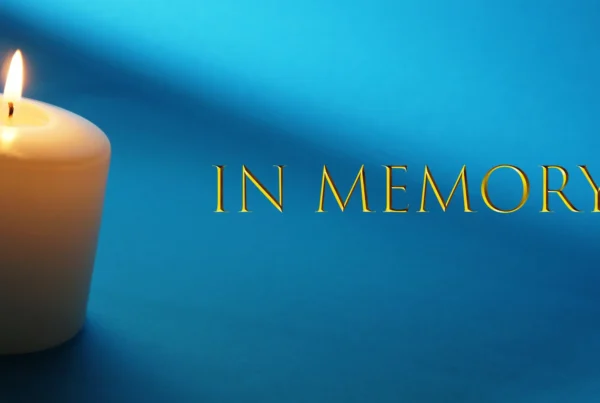AFTER the fears that encircled a ‘Covid Games’, the 32nd Olympic Games brought a stirring blend of Japanese colour and excitement, and more unique stories of sporting courage against the odds.
It was a record haul of medals for Scotland with Scottish athletes on Team GB returning with a total of 14 – three gold, eight silver and three bronze – to pass the 13 medals won by Scottish athletes at both the London and Rio Olympic Games.
So, what now? Beyond the use of old seeds being turned into paper doves and ornate sets, can another global event leave a mark on our future? Indeed, can Scotland be clever and creative, and use the inspiration of a stunning haul of medals and great performances by a new generation of Scottish Olympians in the fight to emerge from one pandemic and tackle the other, more deadly of pandemics – inactivity?
Research tell us two things about major event legacy, and the first is the one focused on most readily – there isn’t one. That is largely true as for all the multi-millions and billions spent on hosting modern-day Games, the pay-off in terms of participation is miniscule, to the point that governments now avoid the word ‘legacy’. But there are exceptions, revealing the nuanced point – there can be a positive legacy, but people, communities and governments have a short window of opportunity to exploit the motivation and inspiration from major events before it evaporates. The good examples tell us, actually, that it has to have been grasped before the event, with strategic planning in place to latch on to people’s heightened interest and excitement, and guide them towards an outlet for that in their lives.
So, as we seek recovery from a devastating pandemic, that has claimed over 4m lives globally, can we use the inspiration of recent weeks to tackle the inactivity pandemic, that costs around 5m lives per year? The demand is there. The Scotsman newspaper has called for the same thing in today’s editorial (below), as the public and media awareness of the need to change approach and improve policy and practice to use sport and exercise activity more strategically as a tool in Covid recovery has grown.
A handful of sports defied the non-legacy data and worked around Glasgow’s 2014 Commonwealth Games (and London 2012) to grow community interest in their sports, and increase participation. Not grow competitions or elite performance, necessarily, but grow sport activity. The growth of ParkRun, JogScotland, UK Breeze (free bike rides for girls and women) and walking netball – among other walking sports – are examples of how some sports have built interest by using Games excitement and media exposure to encourage people to improve their own quality of life. Shift the smiles and cheers of the Games to smiles and cheers with your friends.
Brendan Foster has made a decent living from growing mass events from the Great North Run onwards, having recognised the desire of people to ‘take part’, but at their level, and – just as there is a short rise in people golfing around The Open or Ryder Cup, or having a shot at tennis around Wimbledon – turn excitement into realistic action. For some the Olympics will have completely passed them by, but not all, and as children return to school some will be chatting about it – ‘did you see Sky Brown?!! Awesome!!’ ‘Did you see Duncan Scott/Kathleen Dawson/Laura Muir…?!! – they’re Scottish. He/she went to our school!!!’ Those captivated will excite others and peer pressure is king among teenagers.
For that excitement to turn into something tangible, however, there must be a local outlet, and that will be a greater challenge after this Olympic Games as the cost of the Covid rescue starts to bite. Councils across Scotland are fearing the ‘return to normal’, when furlough ends and emergency funding dries up. Then the big decisions will have to be made on hundreds of heavily subsidised public facilities whose income has been decimated in the past 18 months, and where customers and habits have been lost. These tend to be the facilities in more deprived communities where footfall is high, but income is low.
Glasgow City Council and its leisure trust Glasgow Life have appealed for community help to run over 60 facilities, with key community sport and recreation places among them, and that is merely the tip of the iceberg in Scotland’s public landscape as the Covid impact tips some councils over the edge. Other councils are sitting nervously on lists of facilities they cannot make a business case to re-open.
So, to the youngster inspired by irrepressible skateboarding stars Sky Brown or Keegan Palmer, and now seeking to learn an ‘ollie’ or ‘kickflip’, or follow gold medallists Dawson or Scott to swimming fun, is there the opportunity to take the first steps in their community? Are there skateboarding parks nearby; is there a swimming pool with low-cost and convenient access; is there a fun group to join?
And do the decison-makers in local authorities, the Scottish Government, NHS and Public Health Scotland, not to mention education, see the opportunity that lies therein? Will all of Scotland’s local authorities, for example, seek to ensure more sport is available free to all children in and after school, as the New Zealand government did last summer, to help their mental health, as well as physical health, recovery from 18 months of what has been for many virtual isolation? Or will we have the same postcode lottery approach to the past year where around a third of Scottish councils gave the green light and two-thirds denied children extra-curricular sport, but allowed those who could pay in at night with clubs?
We have a short window of opportunity but a significant one as schools return. The big drop-out from sport activity occurs at 11/12 years old, and the decline is swifter among children from less affluent backgrounds. Art, drama, music and other forms of activity are all hugely important to developing people and societies, and sport has a unique excitement that engages, motivates and inspires – provides it is available to all and is fun.
Don’t think that ‘children these days’ don’t want to play sport; they do, but they need it to be fun, as they have countless exciting, fun alternatives on their phone or in a box. They also need opportunity close to home as we, adults, don’t let them wander miles and stay out all night to play ‘free sport’ anymore, and many of us aren’t able to drive them to, or can afford to pay for, a leisure centre visit several times a week.
The Olympics, as well as summer Euros, Wimbledon, British Lions and The Open golf, stir unique excitement in that key target audience, children and young people – Scotland’s future. So, can we work together and grasp it in Scotland, and enable and empower them to make activity part of their daily life in 2021-22? We will all benefit it we can.






Thought Piece from Charlie Raeburn for Reform Scotland